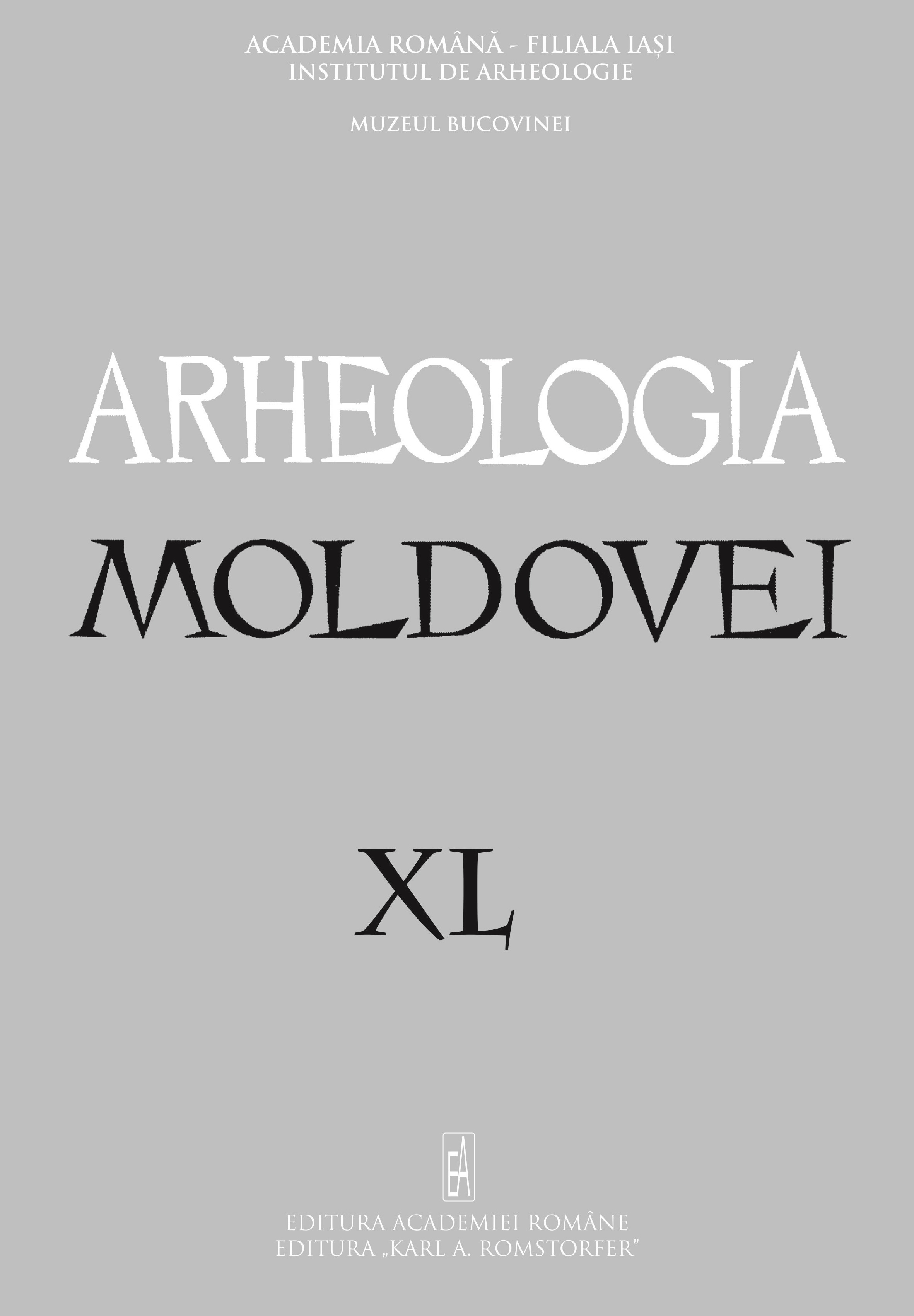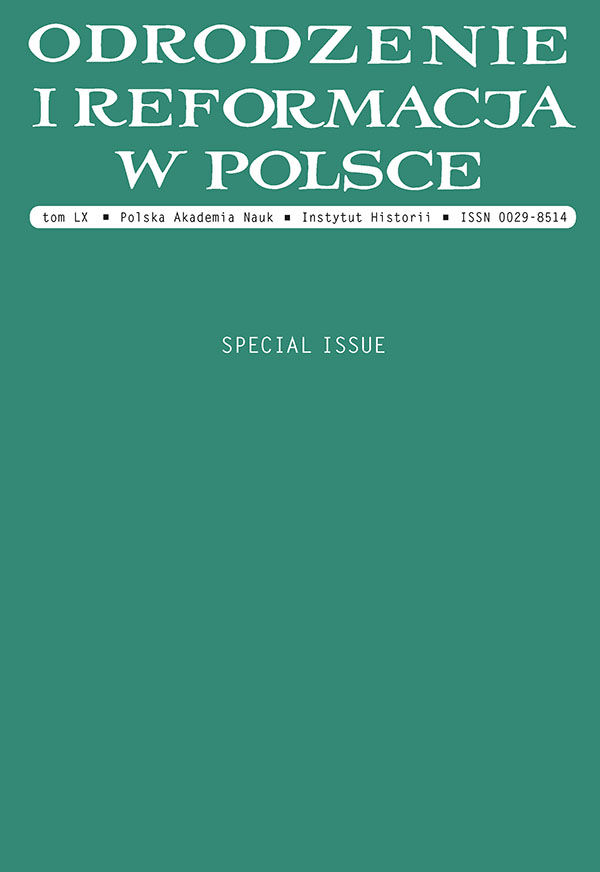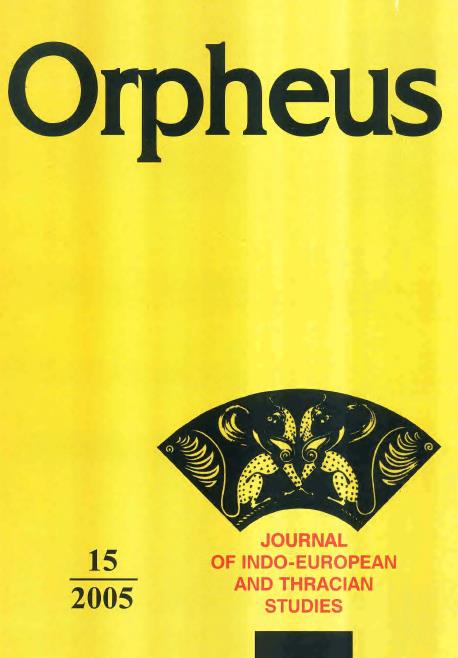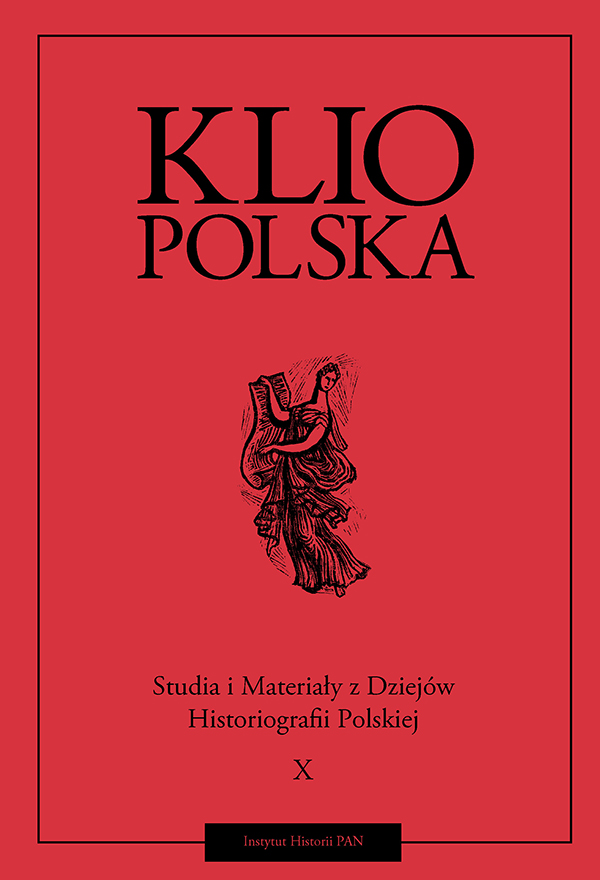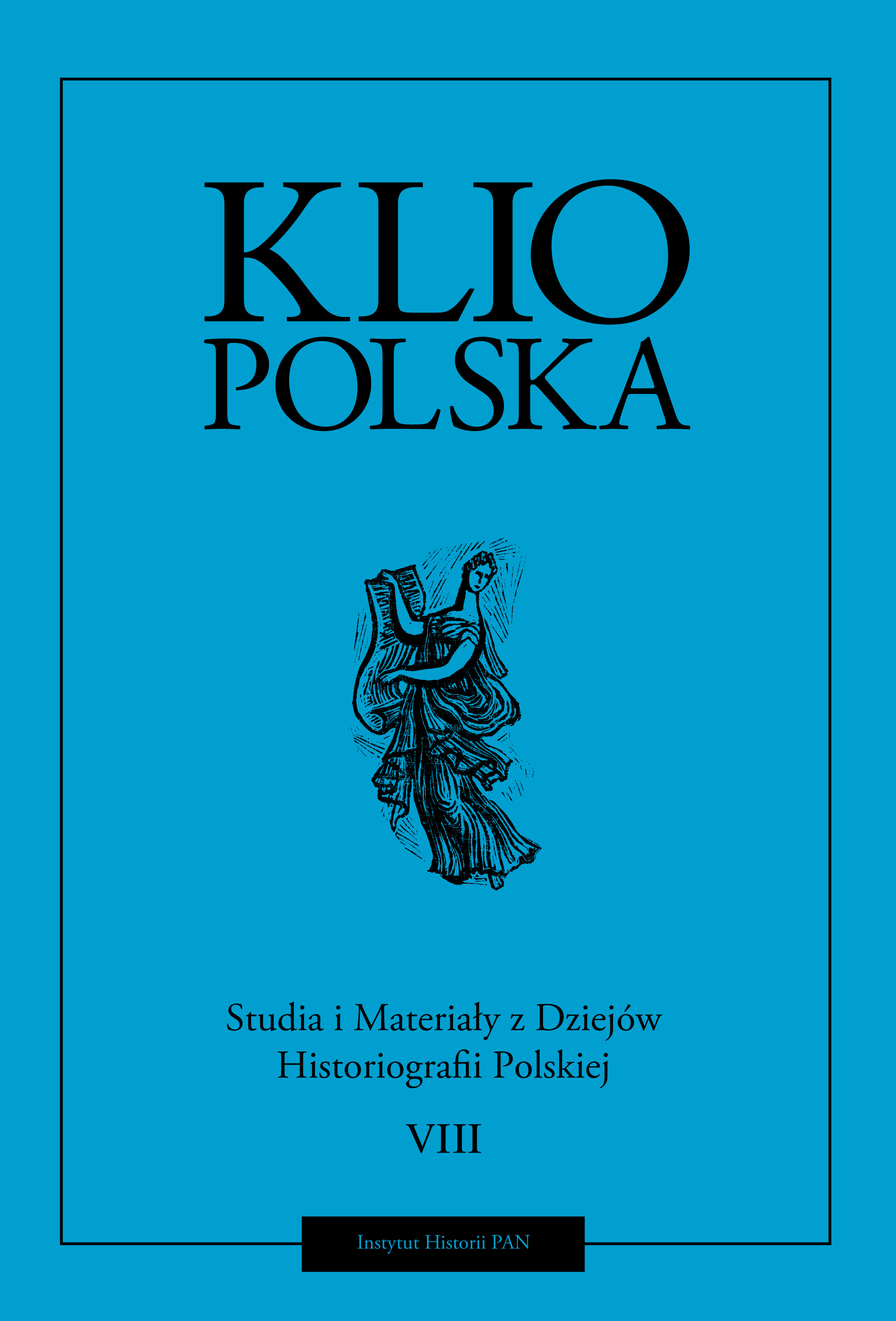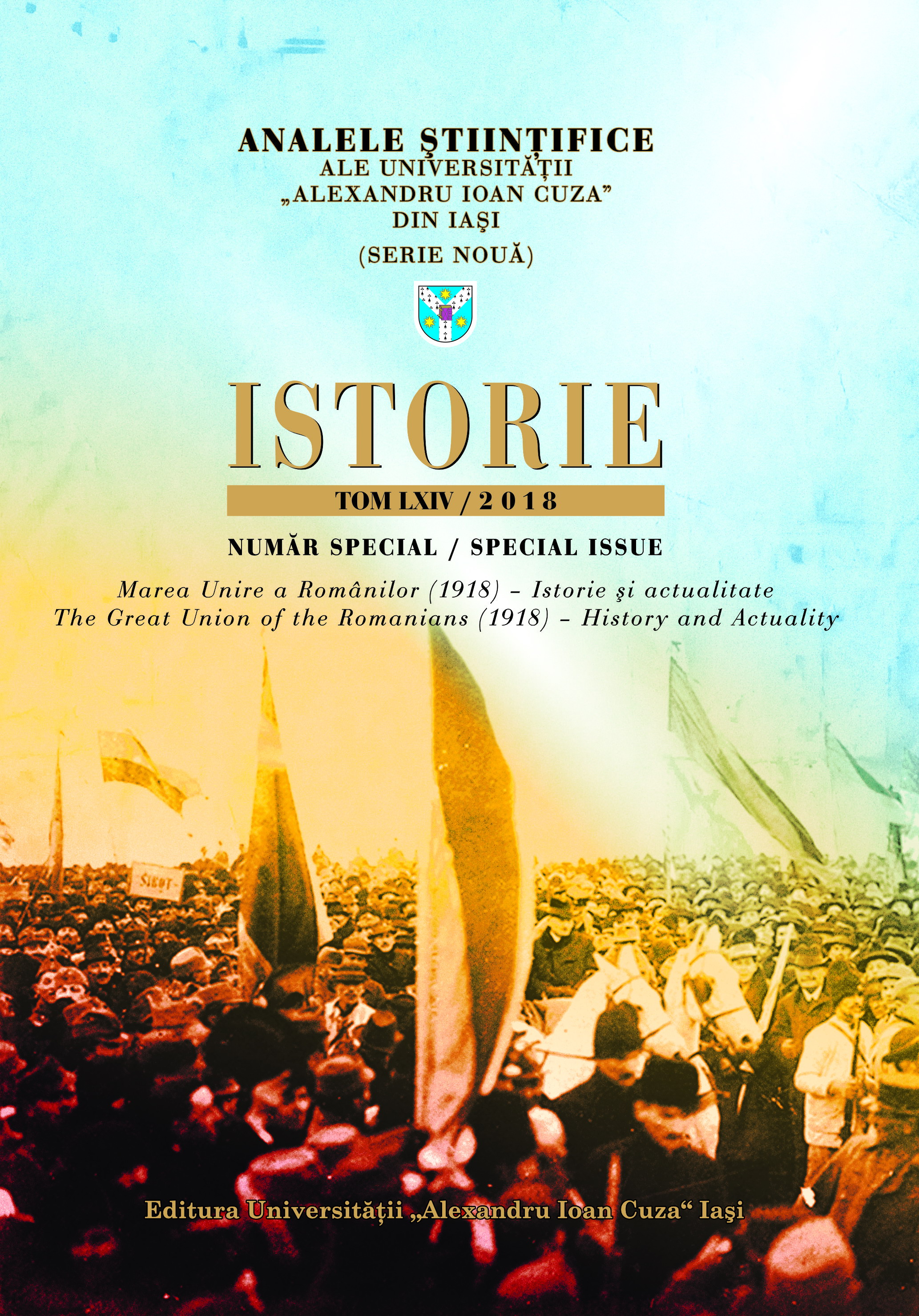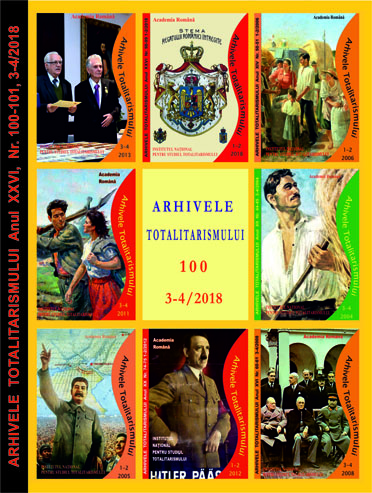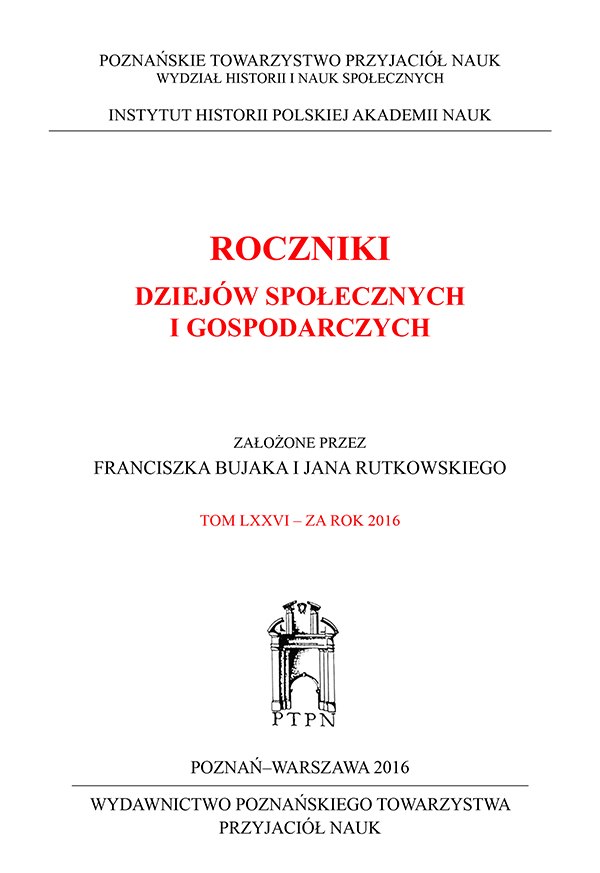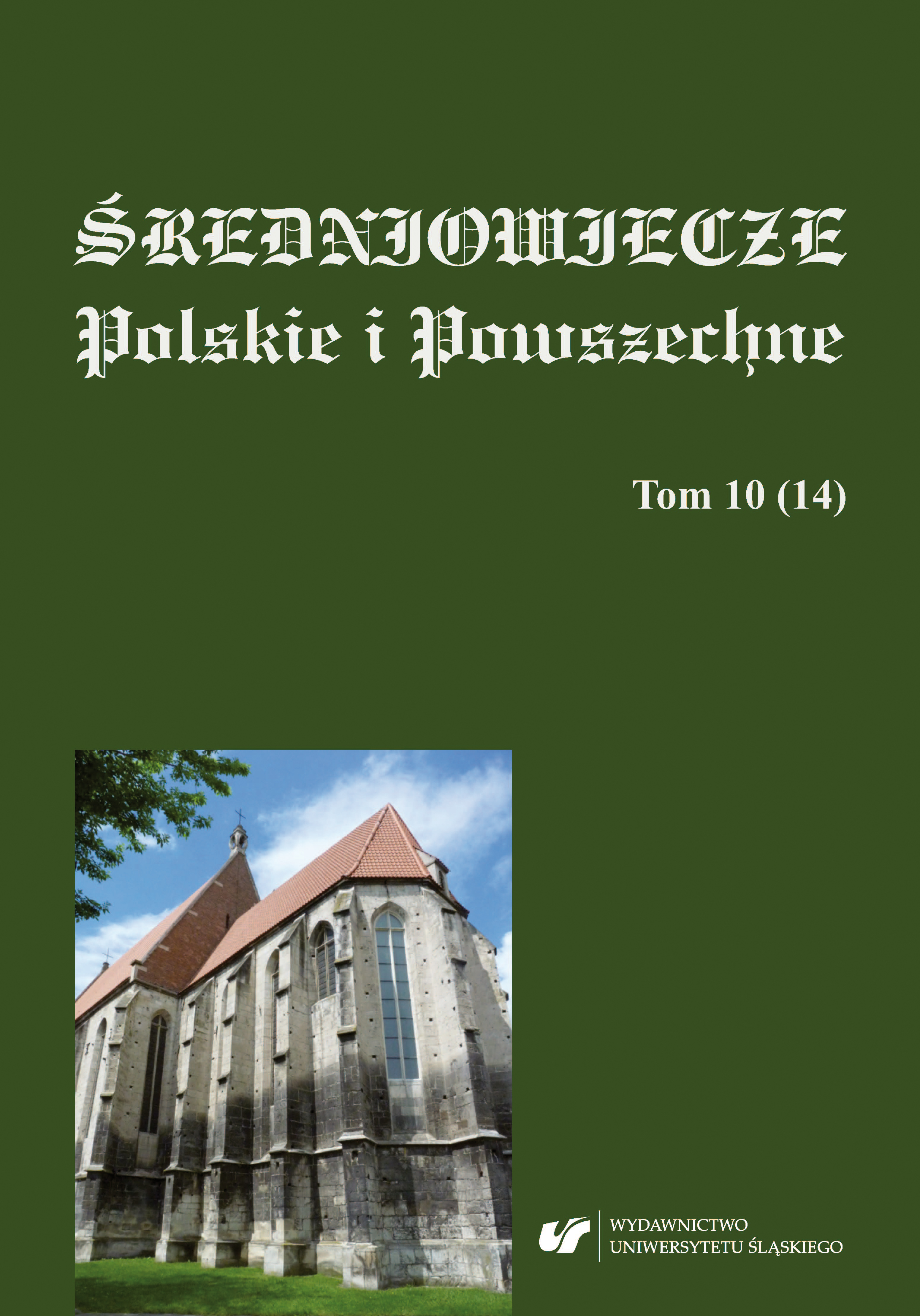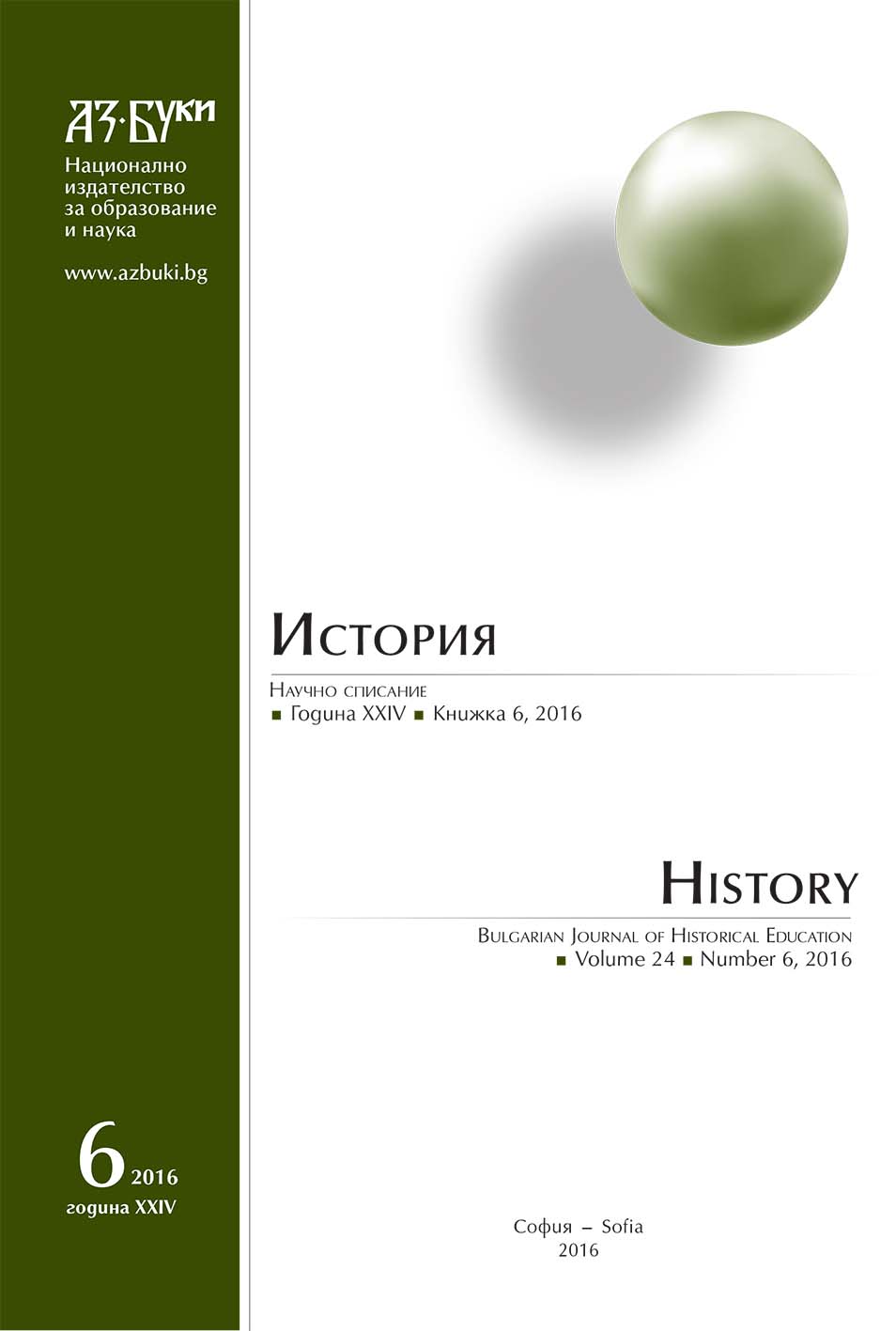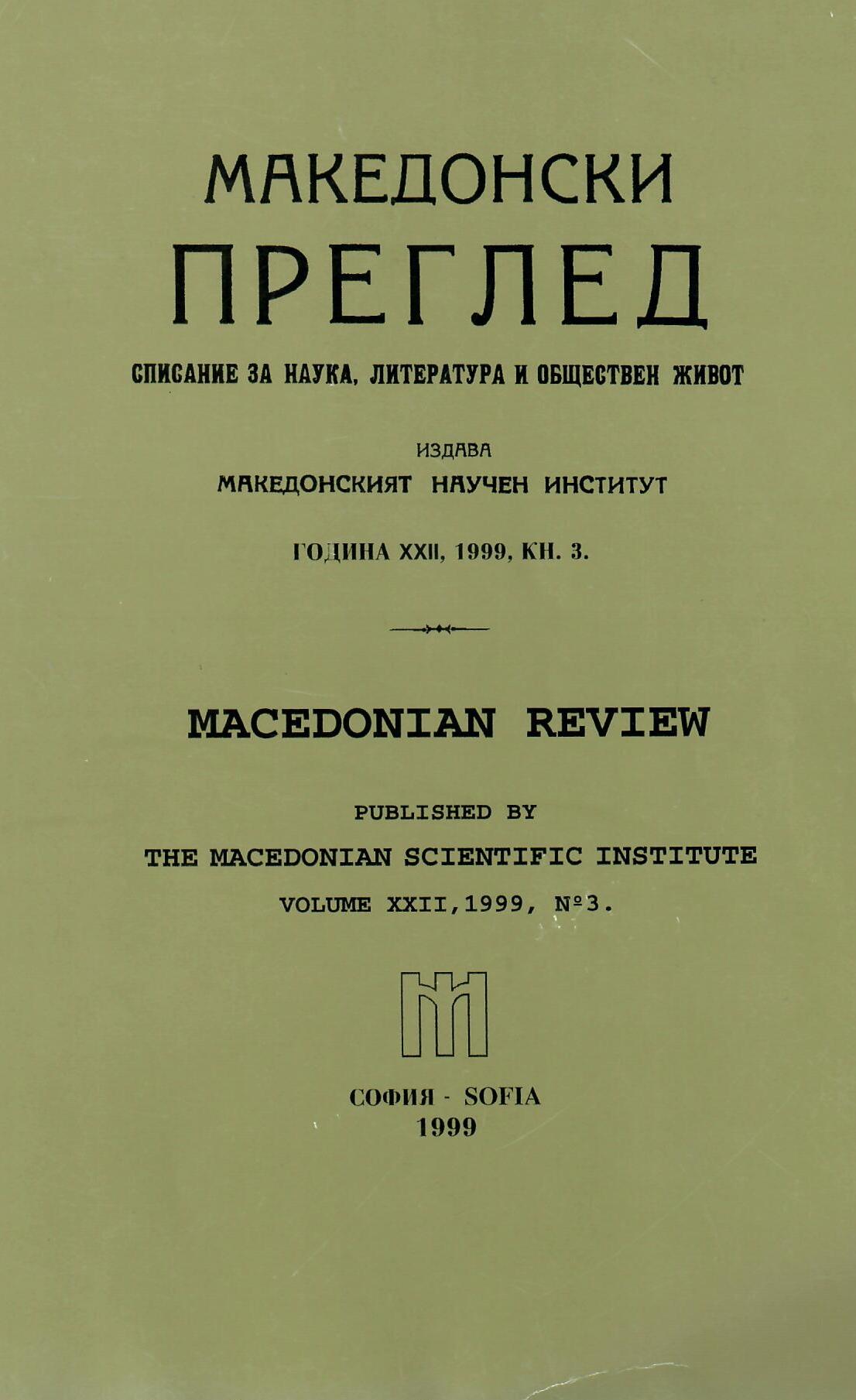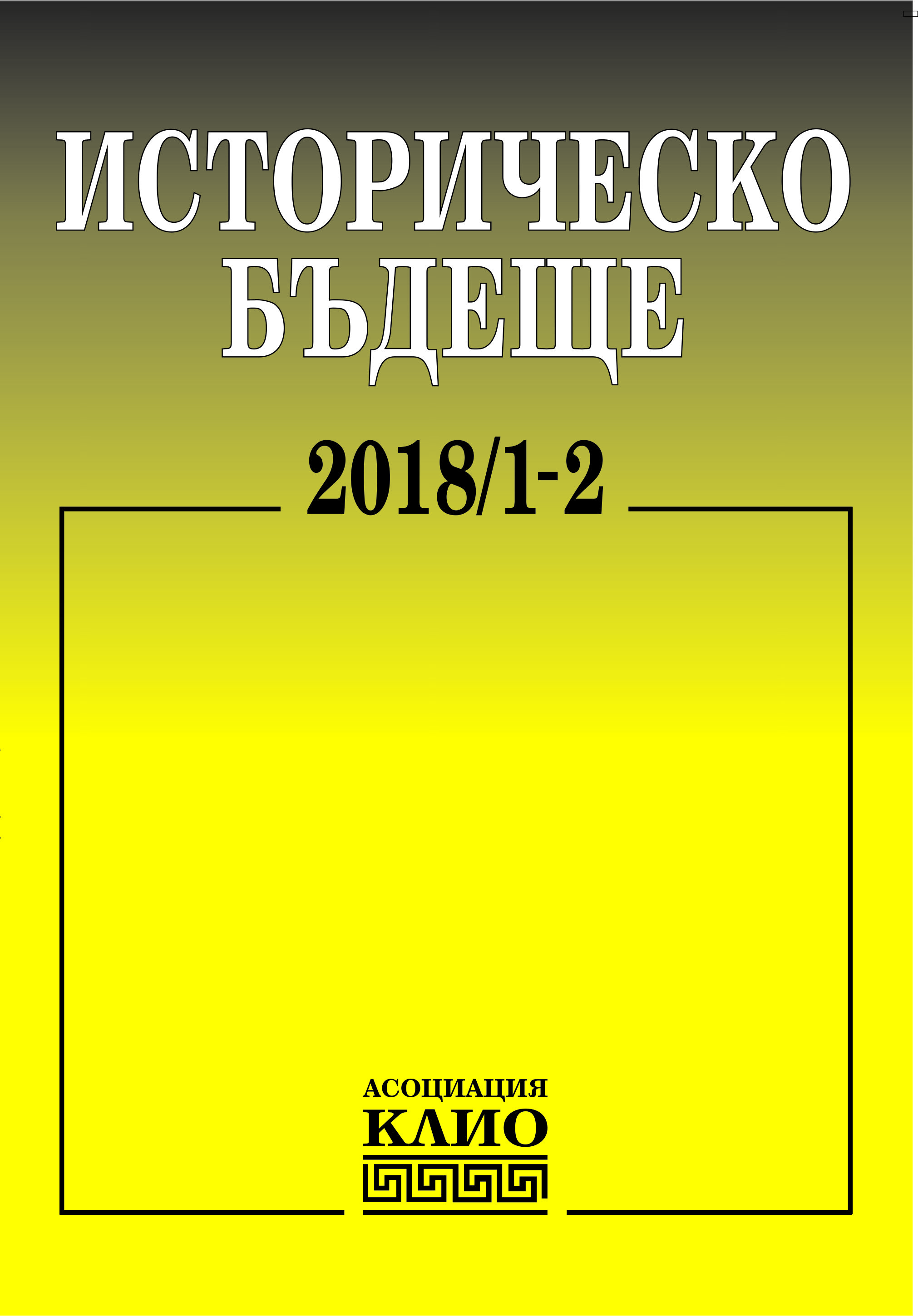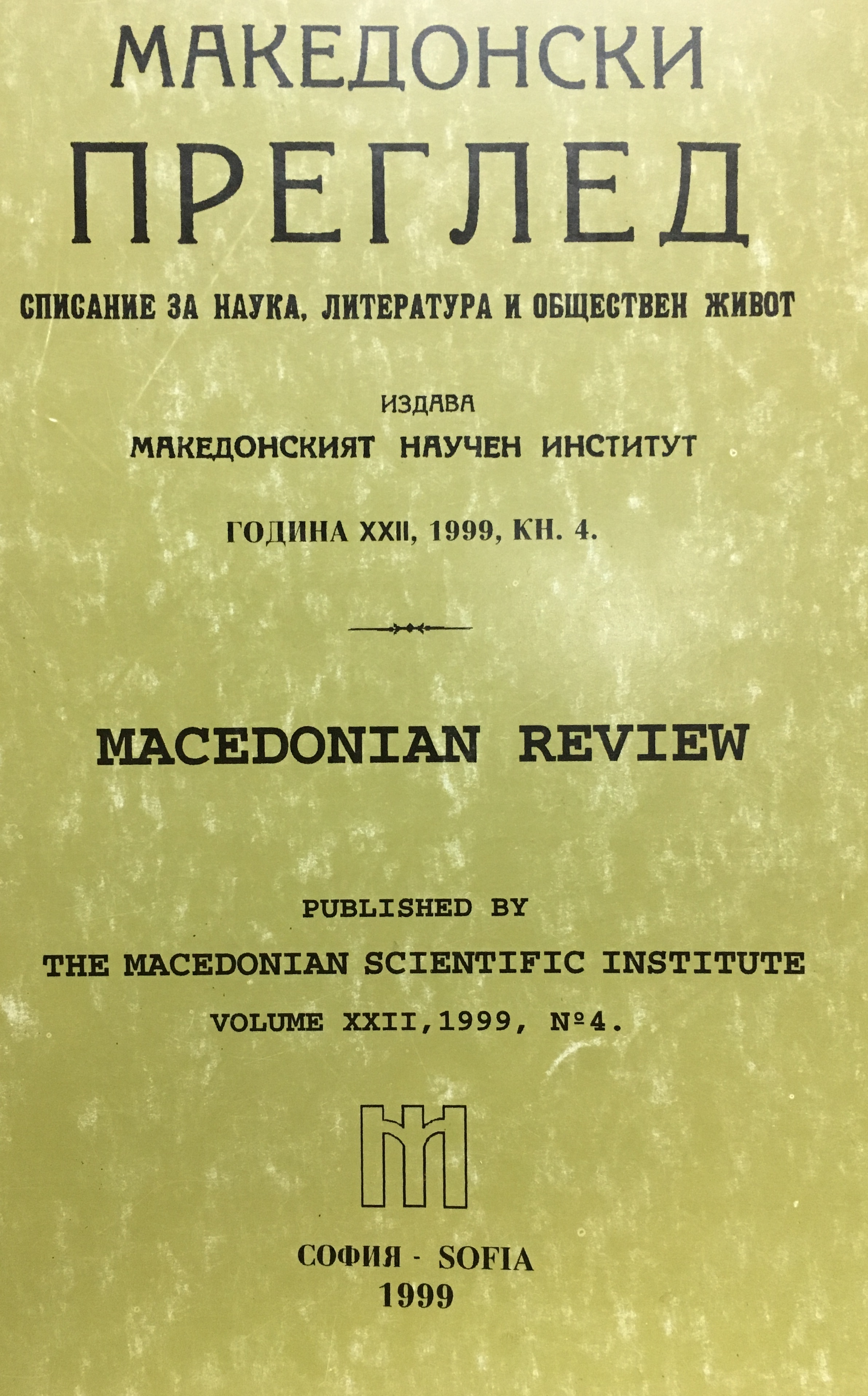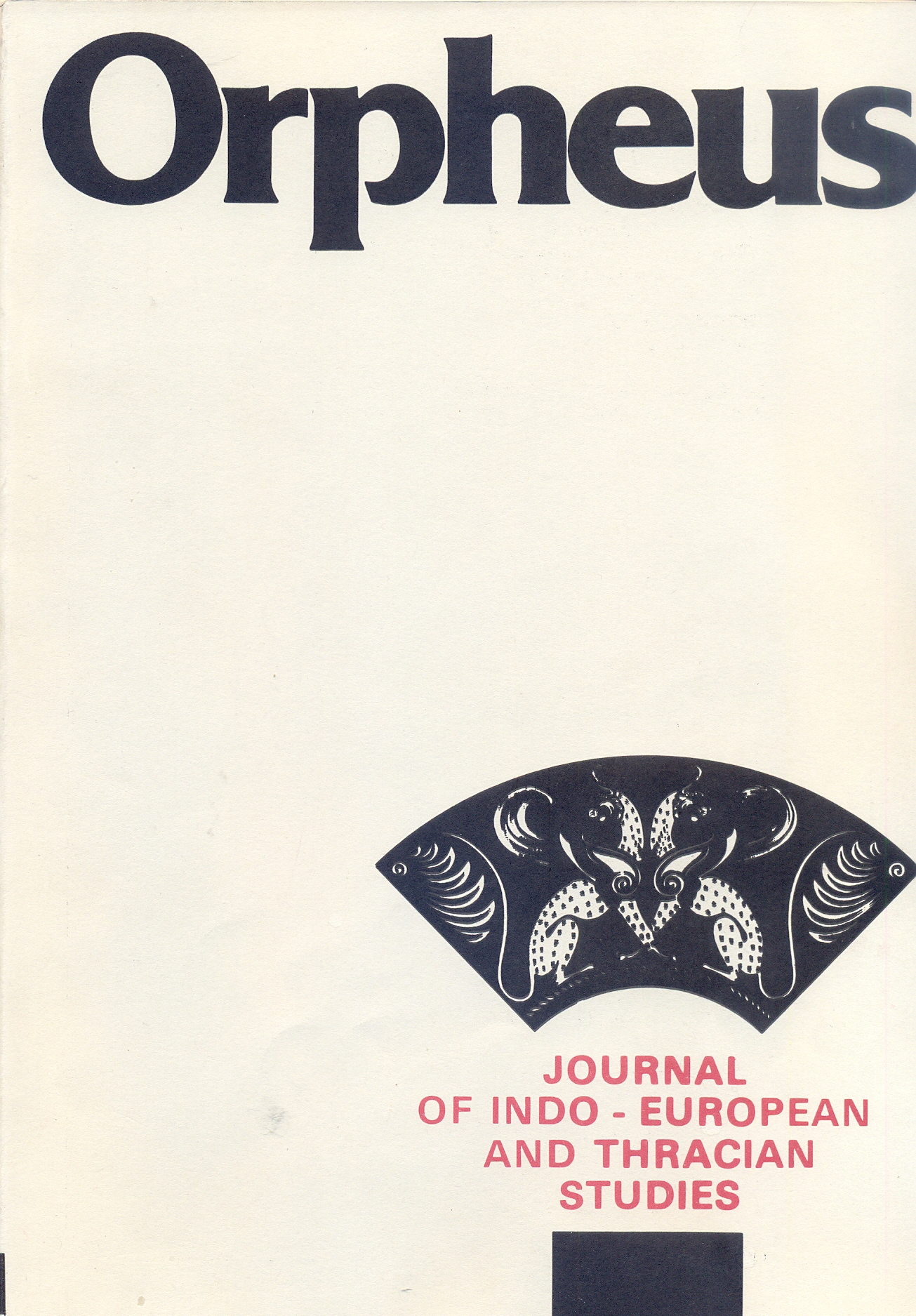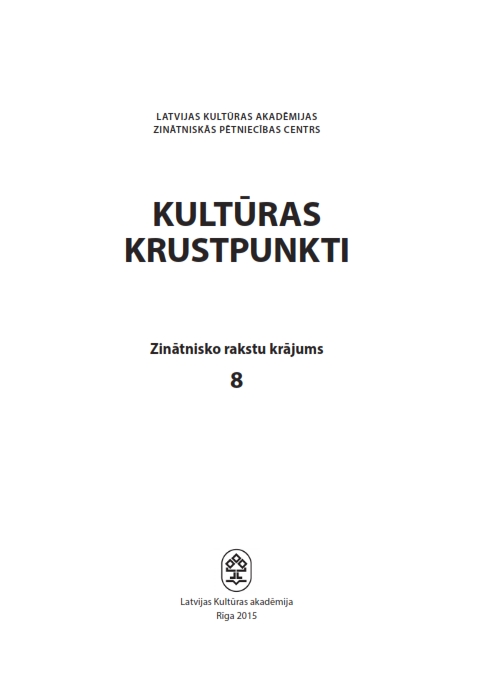
THE LEFTISM IDEOLOGY OR NOSTALGIA FOR THE SOCIALIST PAST? SEARCHING FOR LIEUX DE MÉMOIRE IN THE POST-SOVIET CULTURAL SPACES
The concept lieu de mémoire (site of memory) was developed by the Frenchhistorian Pierre Nora in the 1970–90s, who suggests to use the term to refer to“any significant entity, whether material or non-material in nature, which by dintof human will or the work of time has become a symbolic element of the memorialheritage of any community” [Nora, Kritzman 1996:18]. Lieux de mémoire functionas an array of mnemonic techniques, which are necessary when the real memoryThe concept lieu de mémoire (site of memory) was developed by the French historian Pierre Nora in the 1970–90s, who suggests to use the term to refer to “any significant entity, whether material or non-material in nature, which by dintof human will or the work of time has become a symbolic element of the memorial heritage of any community” [Nora, Kritzman 1996:18]. Lieux de mémoire function as an array of mnemonic techniques, which are necessary when the real memory (milieux de mémoire) fades. Lieux de mémoire are repeatedly employed in referring back to the past, thus sustaining the actual identity of a community and laying a solid foundation for developing the existing identity or re-shaping it. In the Post-Soviet cultural space of Latvia lieux de mémoire, which are associated with the Soviet past, can be encountered everywhere, from the “The Government Inspector”, staged by Alvis Hermanis and performed during the 2010s, to the nostalgic interior objects in cafés, the hullabaloo stirred by the contest New Wave, the popularity of Karosta Prison in Liepāja, and social media users’ commentaries on the Internet about the topical events in contemporary society. The article discusses the potential links of these phenomena to contemporary socio-political events and attempts to establish if they hide any efforts to restore collective and individual memory, which were split alongside the so-called rewriting of history that took place as a result of the collapse of the Soviet Union, or indications of flaws in Western neoliberalism and neoconservativism while seeking opportunities for renewal of society by way of indirect leftist ideological implications.
More...
